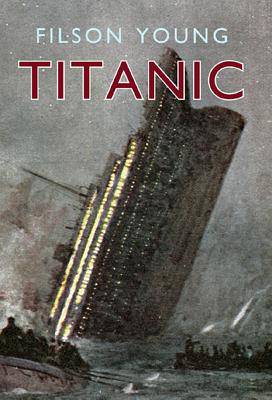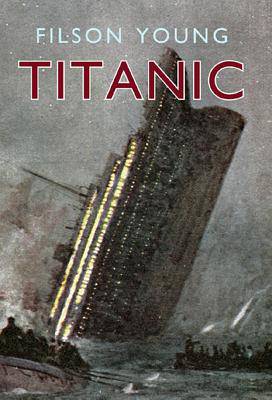
- Afhalen na 1 uur in een winkel met voorraad
- Gratis thuislevering in België vanaf € 30
- Ruim aanbod met 7 miljoen producten
- Afhalen na 1 uur in een winkel met voorraad
- Gratis thuislevering in België vanaf € 30
- Ruim aanbod met 7 miljoen producten
Omschrijving
The story of the sinking of the Titanic based on first hand accounts collected in the days and weeks following the disaster. The story of the Titanic is now well known. But in the months following the disaster wild speculation was rife. On Thursday 22 May 1912, a mere 37 days after the sinking, respected London publisher Grant Richards, delivered Filson Young's book to booksellers around the capital. It was the first attempt to plot the demise of the unsinkable ship from a well-respected writer who had already argued in the light of the Oceana sinking, for proper use of the wireless on board ships. Both Filson and Grant knew victims of the sinking and both worked hard to gather first-hand testimony to use in the book. Much of his telling of the story still stands today and his speculations about the feeling of daily life aboard the doomed ship are used in books and films on the subject.
Specificaties
Betrokkenen
- Auteur(s):
- Uitgeverij:
Inhoud
- Aantal bladzijden:
- 160
- Taal:
- Engels
Eigenschappen
- Productcode (EAN):
- 9781445604077
- Verschijningsdatum:
- 15/03/2011
- Uitvoering:
- Hardcover
- Formaat:
- Genaaid
- Afmetingen:
- 156 mm x 234 mm
- Gewicht:
- 499 g

Alleen bij Standaard Boekhandel
+ 47 punten op je klantenkaart van Standaard Boekhandel
Beoordelingen
We publiceren alleen reviews die voldoen aan de voorwaarden voor reviews. Bekijk onze voorwaarden voor reviews.










